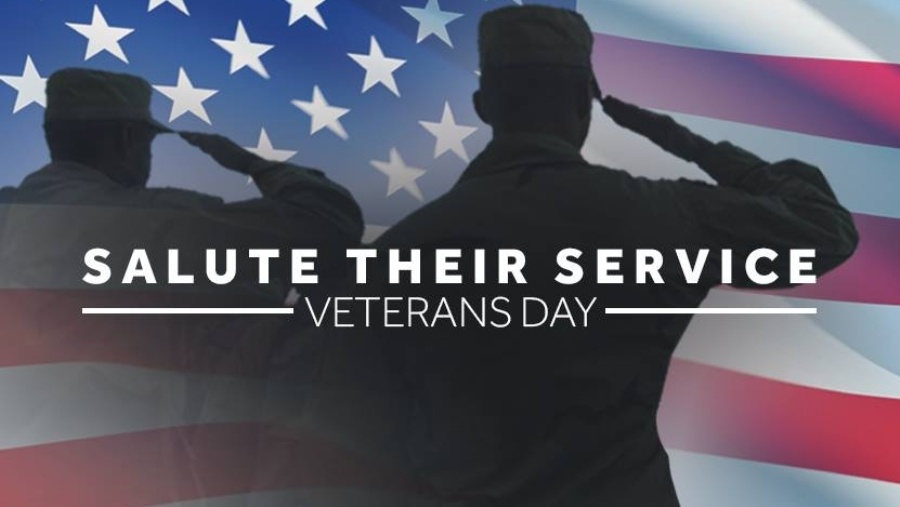Sales on Small Business Saturday
The Great Recession of the 2000s and early 2010 took a major toll on small businesses in the United States. Post-recession and small businesses are still struggling to support themselves. In response, American Express launched Small Business Saturday in the early 2010s. This special event takes place in between the Black Friday/ Cyber Monday rush. The event encourages Americans to shop at local retailers. As a benefit, American Express cardholders can get double credit points as an incentive. To aid and organize the local communities, American Express created a concept called Neighborhood Champions. These are “business associations, state and local chambers of commerce, small businesses, and other community organizers” who are tasked with rallying the community during that day. According to data from American Express, the number of Neighborhood Champions has grown from 1,400 to 7,200 (from 2013-2017). In support for this event, the US government passed a resolution supporting the event influencing businesses across the country to join the movement. Participating businesses are eligible to receive materials and resources free of charge from American Express to help drive business on the day and year-round. American Express also included participating businesses in shopping recommendations which are emailed to American Express cardholders. They estimated that Americans have spent $85 billion at independent retailers and restaurants since Small Business Saturday was released.
Small Business Saturday benefits small local businesses by encouraging consumers to support their local businesses through deals and perks. Businesses are able to receive benefits and customers from American Express. For the rest of that weekend, these businesses are able to make a profit due to the increase in consumers. In addition, this event allows communities to support their local businesses in a more tangible and meaningful way. Hopefully, for future Small Business Saturdays, the number of consumer and business participants will increase.
http://fortune.com/2018/11/23/small-business-saturday-2018-american-express/


